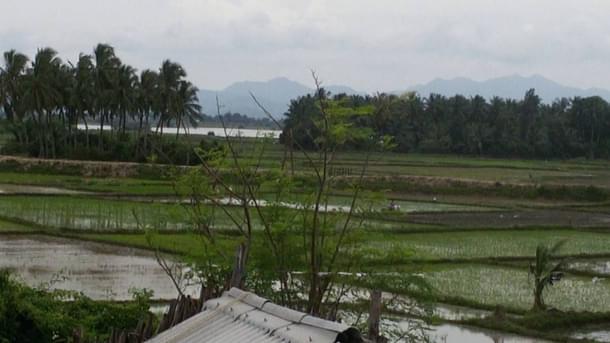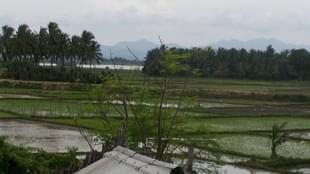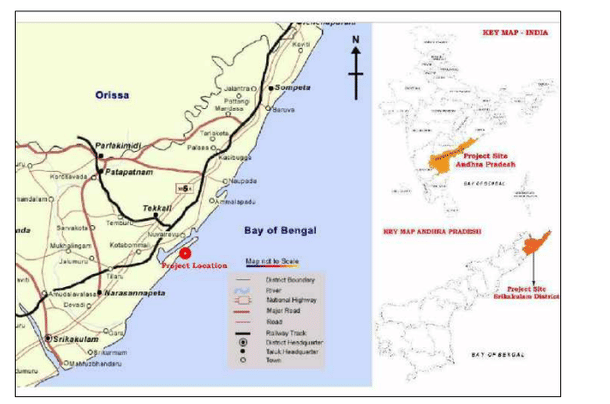News Brief
Andhra: Vishwa Samudra Group To Begin Work On Rs 3600 Crore Greenfield Port At Bhavanapadu Village In Srikakulam This Month
India Infrahub
Apr 10, 2023, 04:19 PM | Updated 04:19 PM IST
Save & read from anywhere!
Bookmark stories for easy access on any device or the Swarajya app.


Andhra Chief Minister YS Jagan Mohan Reddy will lay the foundation stone for to mark the commencement of construction work on Bhavanapadu greenfield Port in Srikakulam district on April 19.
Andhra Pradesh Maritime Board (APMB), the implementing agency of the project, has awarded the work contract for the phase 1 of the port project to a joint venture led by Hyderabad-based Hyderabad-based infrastructure firm Vishwa Samudra Engineering. The joint venture(JV) between Vishwa Samudra and Visakhapatnam-based R R Constructions pipped Megha Engineering & Infrastructure (MEIL) to win the EPC deal for Bhavanapadu port.
The proposed port will have a capacity of 23.53 Million Metric Tonnes Per Annum developed under Phase I and another 83.3 MTPA under Phase II. The project is estimated to cost over Rs 4000 crores.
In August 2020, the state government approved the Detailed Project Report (DPR) prepared by RITES for the development of Bhavanapadu port.
The port will be developed by Bhavanapadu Port Development Corporation Limited (BPDCL) under the overall supervision of APMB.

Andhra has ambitions to develop a series of greenfield ports. In the north of Andhra Pradesh, the designated greenfield port location of Bhavanapadu was chosen as it was considered the one with the best potential for developing a greenfield port.
The proposed site for greenfield port land falls under villages of Mulapeta, Rajapuram, Kothalingudu in Santhabommali mandal of Srikakulam district. The port location is roughly about 85 nautical miles off the northeast of Visakhapatnam Port.
The state government has so far acquired 1010 acres (408.7 ha) for the development of Bhavanapadu port. The acquired land includes scattered trees of cashew, casuarina, palm trees, coastal sand, salt pans and open scrub areas.
A fishing harbour is currently located in the project area for local fishermen. Many of the local inhabitants rely on the fishing harbour. The harbour is located near the mouth of Tekkali Creek near the village and was constructed in 1983. Because of sedimentation problems, it never functioned properly.
The National Highway 16 (Chennai-Kolkata) is about 14km from the proposed Bhavanapadu port. The nearest railway station to the proposed port location is Naupada Junction (East Coast Railway).
The state government proposes building a dedicated road/rail corridor from the proposed port site. Around 184 acres of acquired land will be utilised for external road/rail connectivity.
Andhra already has 4 major ports- Visakhapatnam Port, Gangavaram Port, Krishnapatnam Port and Kakinada Deep Water Port.
Visakhapatnam Port is India’s largest cargo-handling port, with a capacity of 65 MMTPA. Gangavaram Port is India’s deepest port, with a 21 meters draft and a current capacity of 35 MMTPA (scalable to 200 MMTPA). Kakinada Deep Water Port has four berths with 12 MMTPA handling capacity having 13 metres draft. Krishnapatnam Port, with a deep draft of 21 meters, is a bulk handling port with ultra-modern cargo handling facilities.
Though Bhavanapadu is situated close to the major port of Visakhapatnam, it is an inherent advantage in terms of proximity to states like Odisha, Chhattisgarh, Jharkhand and Madhya Pradesh. The traffic congestion in Paradip Port is also expected to make Bhavanapadu an attractive alternative option.
Once the port development is complete, Bhavanapadu is expected to cater to the movement of Iron ore, coal, limestone, edible oil, general cargo such as mineral sand, iron and steel products, fertilisers, granite, ferro products, jute products and food products such as soya and cashew.
Bhavanapadu Port Rail Connectivity is proposed from Naupada Station, situated on the Chennai - Howrah route of the East Coast Railway. In the initial stage, one dedicated railway siding for coal and one for fertiliser is planned, with manual loading arrangements
A coal berth, a mechanised wagon loading system (Rapid loading system) of two numbers and connected railway sidings will be developed in subsequent phases. The line km in the initial phase is 13.5 km, including points & crossings.





